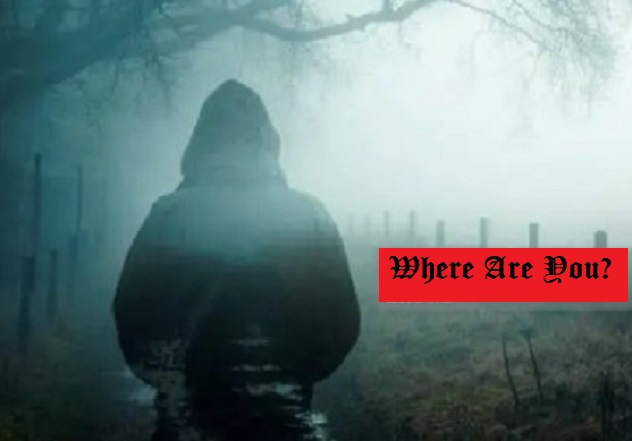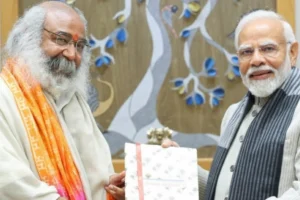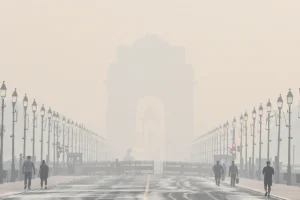
The Search Still Goes On With Chills To The Heart
Harold Edward Holt (born 5 August 1908) was an Australian politician who served as the 17th prime minister of Australia from 1966 to 1967. He held office as leader of the Liberal Party.
Holt was born in Sydney and moved to Melbourne in childhood, studying law at the University of Melbourne. Before entering politics he practiced law and was a lobbyist for cinema operators.
He was first elected to the House of Representatives at the age of 27, becoming a member of parliament (MP) for the division of Fawkner at a by-election in 1935.
A member of the United Australia Party (UAP), Holt was made a minister without portfolio in 1939, when his mentor Robert Menzies became prime minister.
Harold Holt Australian Prime Minister

His tenure in the ministry was interrupted by a brief stint in the Australian Army, which ended when he was recalled to cabinet following the deaths of three ministers in the 1940 Canberra air disaster. The government was defeated in 1941, sending the UAP into opposition, and he joined the new Liberal Party upon its creation in 1945.
As Minister for Immigration (1949–1956), he expanded the post-war immigration scheme and relaxed the White Australia policy for the first time.
He was also influential as Minister for Labour and National Service (1949–1958), where he handled several industrial relations disputes. Holt was elected deputy leader of the Liberal Party in 1956, and after the 1958 election replaced Arthur Fadden as Treasurer.
He oversaw the creation of the Reserve Bank of Australia and the decimal Australian dollar, but was blamed for a credit crunch that almost cost the Coalition the 1961 election. However, the economy soon rebounded and Holt retained his place as Menzies’ heir apparent.
Holt became prime minister in January 1966, elected unopposed as Liberal leader following Menzies’ retirement. He fought a general election later that year, winning a landslide victory.
Holt loved the ocean, particularly spear fishing, and had holiday homes at Portsea, Victoria, and Bingil Bay, Queensland. On 17 December 1967, while Holt was spending the weekend at Portsea, he and four companions decided to drive to Point Nepean to watch sailor Alec Rose pass through The Rip on his solo circumnavigation attempt.
On their way back to Portsea, Holt convinced the group to stop at remote Cheviot Beach for a swim before lunch – he had spear fished there on many previous occasions, and claimed to “know this beach like the back of my hand.
“Because of the rough conditions, only one other person, Alan Stewart, joined Holt in the water. Stewart kept close to shore, but Holt swam out into deeper water and was seemingly caught up in an ocean current, eventually disappearing from view. One of the witnesses, Marjorie Gillespie, described it as “like a leaf being taken out so quick and final.”
Holt’s disappearance sparked “one of the largest search operations in Australian history”, but no trace of his body was ever found. At 10 p.m. on 18 December, Governor-General Lord Casey announced he had terminated Holt’s commission as prime minister upon his presumed death.
A police report released in early 1968 made no definitive findings about Holt’s death, while a coronial inquest in 2005 returned a verdict of accidental drowning. It is generally accepted that Holt overestimated his swimming ability.
Some have alleged that Holt committed suicide, but those close to him rejected this as uncharacteristic of his personality. Conspiracy theories have included suggestions that Holt faked his own death, was assassinated by the CIA, or was collected by a submarine so that he could defect to China.
He was officially declared dead in early 1968.
(Stay Connected For The Next Sequel)
To read more such news, download Bharat Express news apps


















